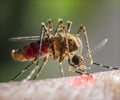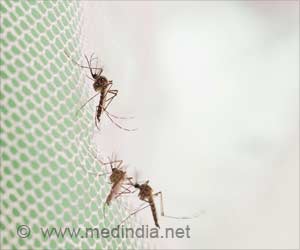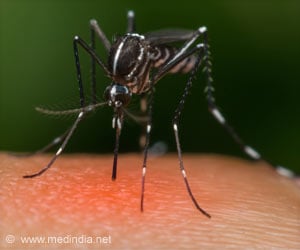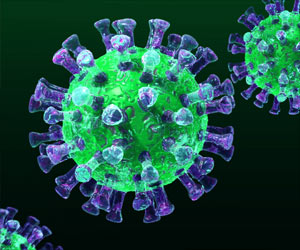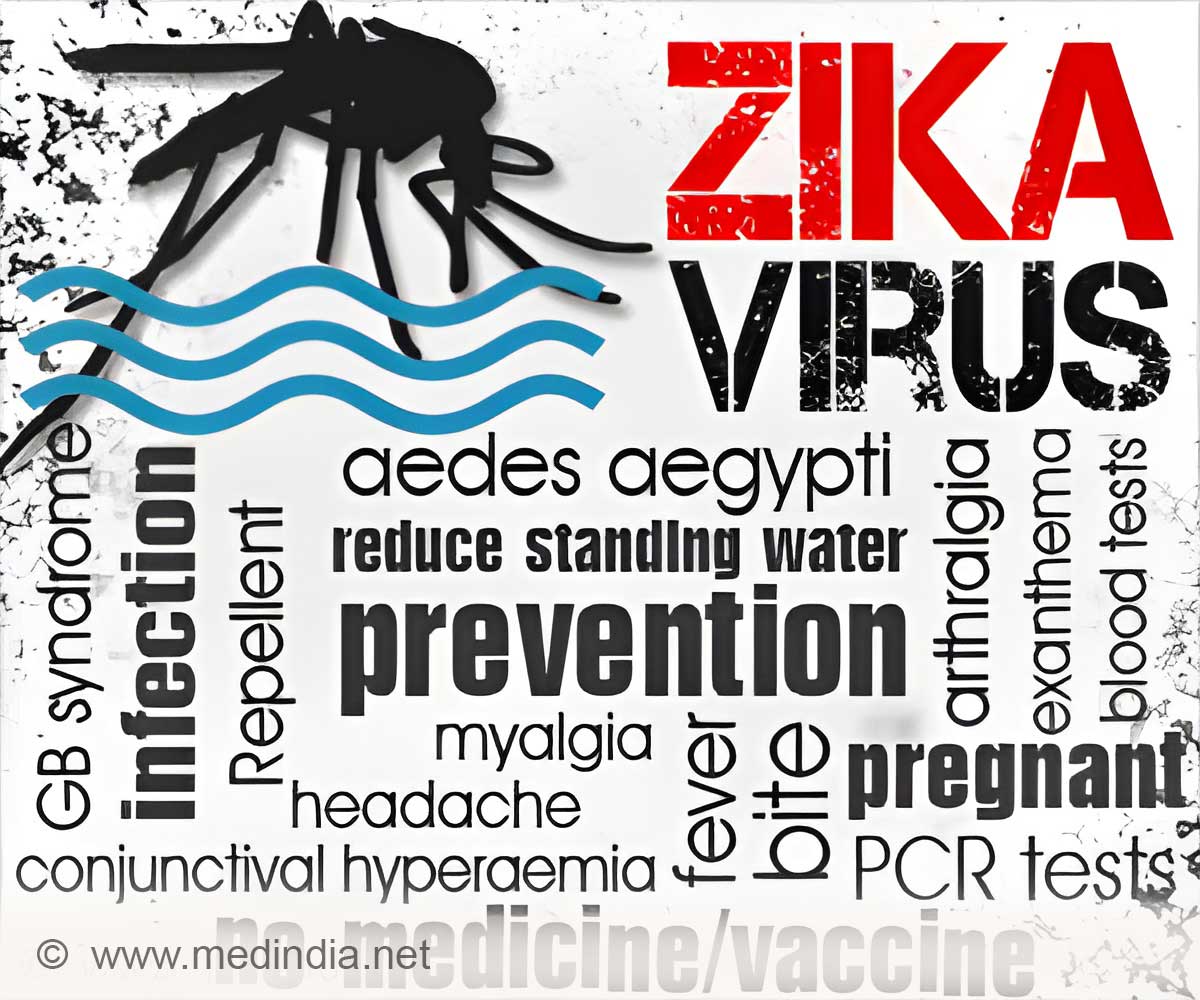
‘Fetal death and brain damage in early chick embryos similar to microcephaly has been demonstrated by researchers.’
Tweet it Now
Early last spring, Goodfellow began inoculating chick embryos with a
virus strain originally sourced from the Zika outbreak epicenter.
"We wanted a complete animal model, closely to that of a human, which would recapitulate the microcephaly phenotype," said Goodfellow, who recently presented the findings at the Southern Translational Education and Research (STaR) Conference.
The RBC team, which included Melinda Brindley, an assistant professor of virology in the College of Veterinary Medicine, and Qun Zhao, associate professor of physics in the Franklin College of Arts and Sciences, suggests that the chick embryo provides a useful model to study the effects of Zika, in part because of its significant similarity to human fetal neurodevelopment and rapid embryonic process.
"Now we can look quickly, at greater numbers, to take a closer look at a multitude of different strains and possibly identify the critical window of susceptibility for Zika virus-induced birth defects," said Brindley. "With this approach, we can continue to further design and test therapeutic efficacy."
The challenge today is unpredictable disease outbreaks and how to ramp up process and production of therapeutic antibodies in preparation. Having an active pathogen threat like Zika that can jump across continents reinforces the need for therapeutic innovation.
Advertisement
"With egg injection automation and embryo viability technology, we could test tens of thousands of potential therapeutic compounds in a single day," he said.
Advertisement
"We knew we could look at the brain structure, shape and size with MRI, but what we captured was evidence that the infection caused MRI-visible damage, and the total brain volume was substantially smaller," said Stice, faculty lead and principal investigator of the study. "From this finding, our data provides a rationale for targeting future therapeutic compounds in treating early-stage microcephaly to stop or slow the progress of the disease."
Source-Eurekalert

